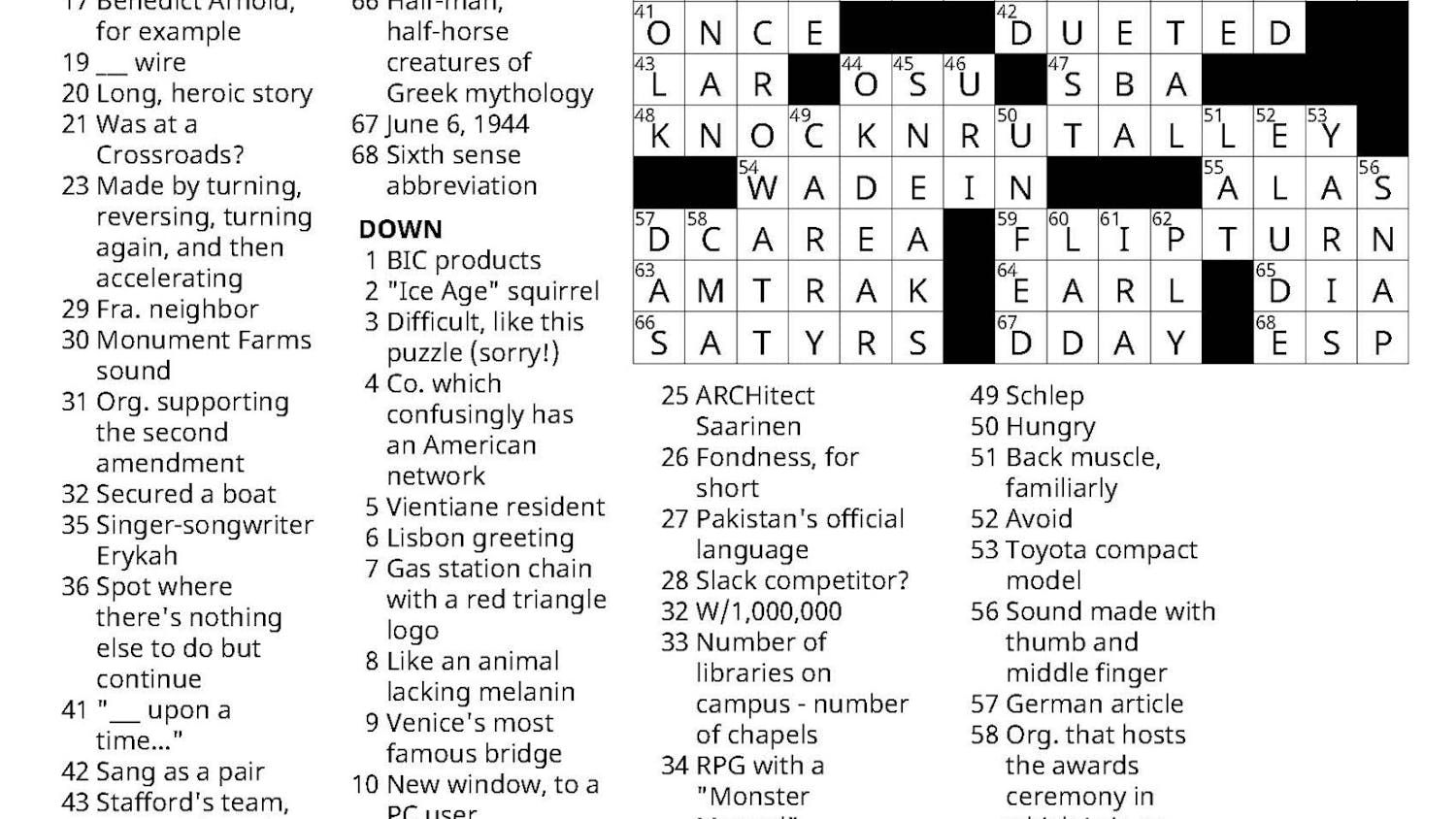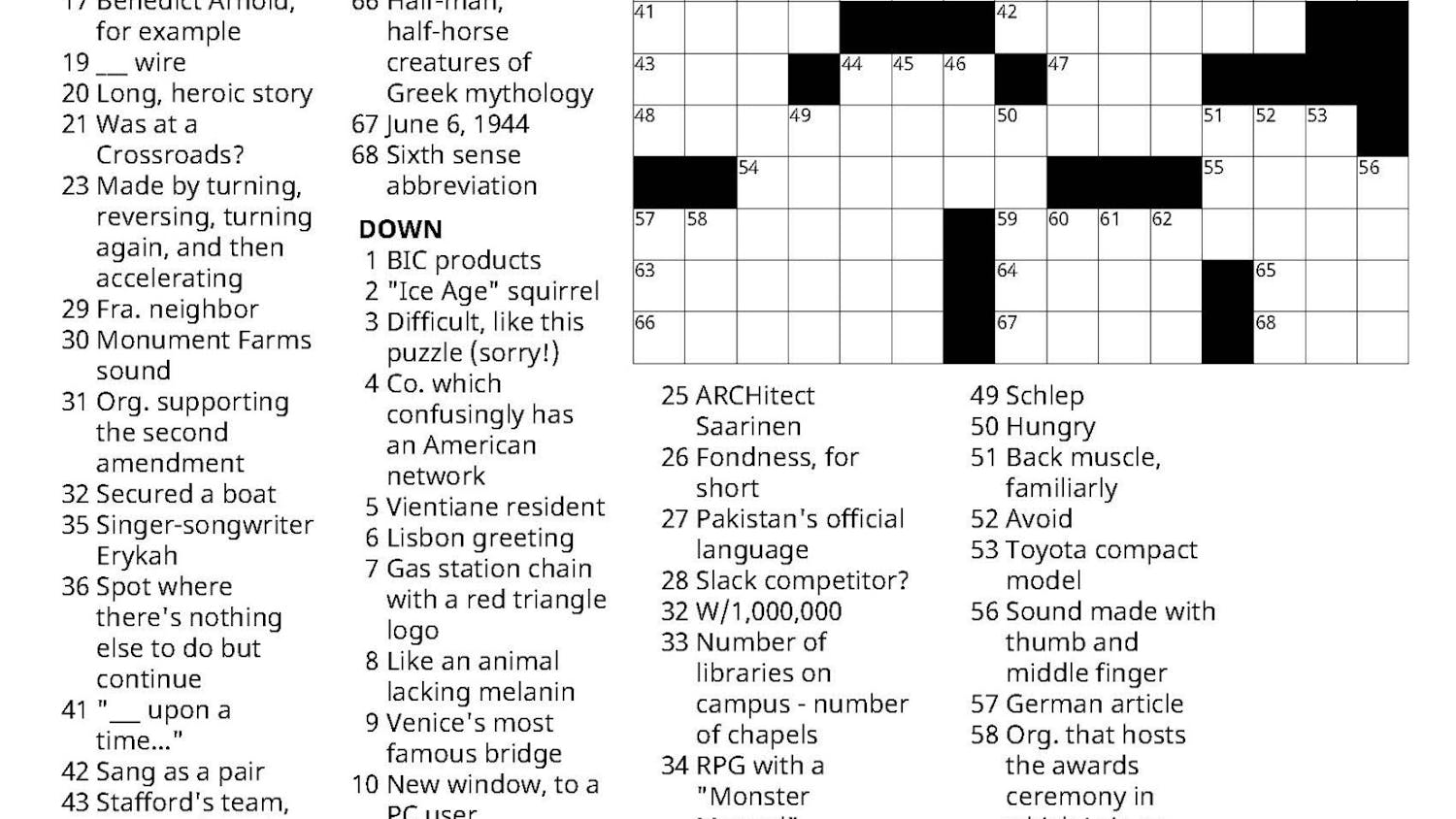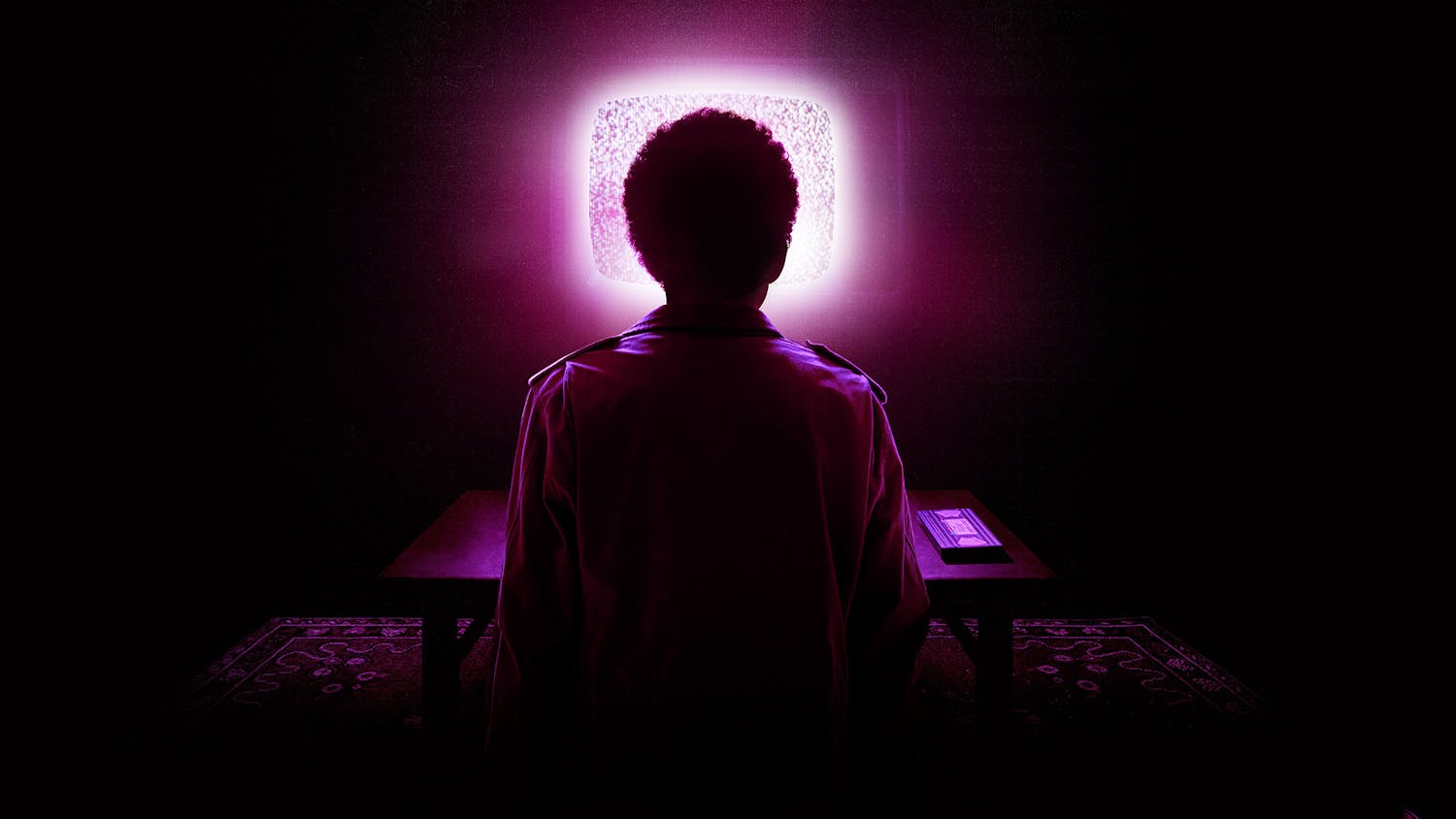You are a Viking woman named Thora, the leader of your tribe. At least, you were until your ship sank on a raiding voyage and you drowned. Tough luck, considering that those who die in battle are not allowed into Valhalla, the afterlife. But the gods have witnessed your great deeds on Earth and have given you a second chance – under one condition. You must explore the realm of Ginnungagap and defeat the five Jotun in battle. The Jotun are lesser gods that are often referred to as giants in Norse mythology. Each of these Jotun is associated with an element that shapes their world: nature, ice, earth, wind and fire. Once you have completed your mission, Odin himself challenges you to battle. Only then will you will be granted entrance into the afterlife.
The world of Jotun is stunningly beautiful. The game is entirely handdrawn, which makes for a unique aesthetic appearance and sets it apart from many other games in the mythic genre. The game developers took full advantage of this by placing several scenic views throughout the game. When you approach one, your camera slowly zooms out to reveal an overlook of an ice-covered wasteleand or a massive dragon hidden in the background.
Jotun’s gameplay is refreshingly simple. There are four controls: move, roll, attack and use an ability. Thora has two types of attacks: a quick one, in which she deftly swings her axe through the air, and a heavy one, in which she lifts the axe over her head before slamming it into the ground. As you explore the realm of Ginnungagap, you discover shrines to the gods. These shrines grant Thora certain powers, such as the ability to heal, shield herself from damage or deliver a devastating heavy attack. The focus is less on what your character can do and more on what your enemies can do.
Jotun is centered on exploration and boss fighting. You must find the runes in each area to unlock the next boss fight. In addition to the runes, each level contains shrines for new powers and items to boost your health. The exploration is mostly puzzle-based, with each puzzle based on the theme of the boss. Often, aspects of each level will tie into the encounter with the Jotun in charge of that area. The areas are well-designed, allowing the artistic style of the game to flourish between boss fights.
The player spends most of their time fighting the Jotun – and these boss fights are as difficult as you want them to be. Though the game is hard enough when played the traditional way, it offers further challenges by awarding achievements for defeating the bosses in other manners – for instance, by banging your head against a wall or by foregoing the use of any abilities whatsoever. Personally, I chose to take the middle ground and fight without drawing on the god powers.
Overall, Jotun is a great game. Drawing heavily from Norse mythology in both plot and level design, it features a simplistic play style that is not often found in games of its caliber or difficulty. The boss mechanics will test your skills and patience without relying on cheap tricks. There are clear-cut stages to every encounter, each more difficult than the last. On top of the satisfying combat experience, the developers did a great job with the world itself both in terms of art and the player’s interactions with it outside of combat.
My only qualm with Jotun was the main character, Thora. Her development is slow, and ends up being rather shallow when compared with other female protagonists like Red from Transistor or Aurora from Child of Light. She can also feel a bit clunky and slow in her movements, which can be a pain when you are trying to move quickly across a large boss arena.
In closing, I give Jotun a 9.0 out of 10. I bought it in search of a challenge, and I found one. Though I have yet to defeat Odin (and have tried more times than I would like to admit), here’s to seeing more from Thunder Lotus Games in the future.
One Life Left: Jotun
Comments



